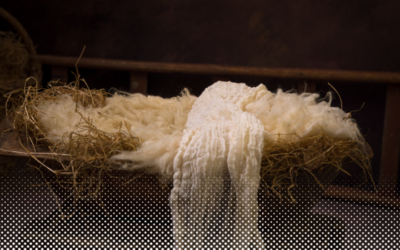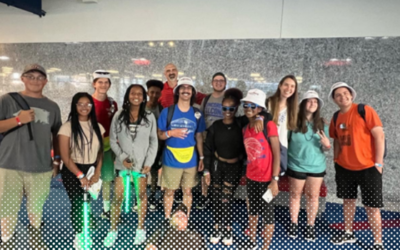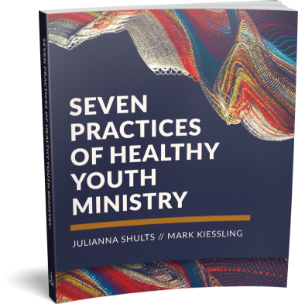 I asked a group of third and fourth graders yesterday if they ever wanted to just go home and hang out with their parents. A third grade boy looked me in the eye and said, “I just want to play with my dad.”A girl piped up, “We are too busy to relax. It stinks.” On Friday, a mom looked me in the eye and said, “I just want to cook dinner and eat it at as family.” These elementary schools students and mom of young adolescents are speaking honest words about the pace of life we keep in middle class America. They don’t like it. Something ingrained deep in our psyche tells adults that busyness is next to godliness, that the kids want busyness, something to do, a well-rounded extracurricular calendar.
I asked a group of third and fourth graders yesterday if they ever wanted to just go home and hang out with their parents. A third grade boy looked me in the eye and said, “I just want to play with my dad.”A girl piped up, “We are too busy to relax. It stinks.” On Friday, a mom looked me in the eye and said, “I just want to cook dinner and eat it at as family.” These elementary schools students and mom of young adolescents are speaking honest words about the pace of life we keep in middle class America. They don’t like it. Something ingrained deep in our psyche tells adults that busyness is next to godliness, that the kids want busyness, something to do, a well-rounded extracurricular calendar.
Chap Clark and Steve Rabey argue throughout When Kids Hurt that this belief has painful implications for all of us, especially midadolescents. The first four chapters of Part Two: Inside the Lives of Today’s Teen deal with friendships, school, family values, and athletics.Frankly, if you’ve read Hurt, there isn’t much new information. But the reminder remains important: we’ve run our young people ragged and left them to figure out their own way back. If you don’t find your head nodding in agreement, perhaps a read of When Kids Hurt is in order?
Questions for Pondering and Responding:
1. What practices have you seen in schools, youth ministry, etc. that damage youth clusters and friendships? How do you support youth friendships without allowing them into damaging clique exclusionary behavior?
2. Family values have been deteriorating for many years, what kind of ministries does your church support to families in non-nuclear families? How do you encourage single parents and youth of single parents?
Share your thoughts in the comments below.
Find more Book Club discussions on When Kids Hurt:










0 Comments